The lipstick market is set for transformational changes in 2025 and beyond, spurred by evolving consumer preferences, cutting-edge technology, and innovative products. This article explores the current market landscape, key trends, and future directions for the lipstick industry.
Table of Contents:
– Market overview: lipstick market growth and forecast
– Technological advancements in lipstick
– Consumer trends driving the lipstick market
– The rise of sustainable and inclusive beauty
– The impact of social media on lipstick trends
– Future directions: innovations and opportunities
Market overview: lipstick market growth and forecast
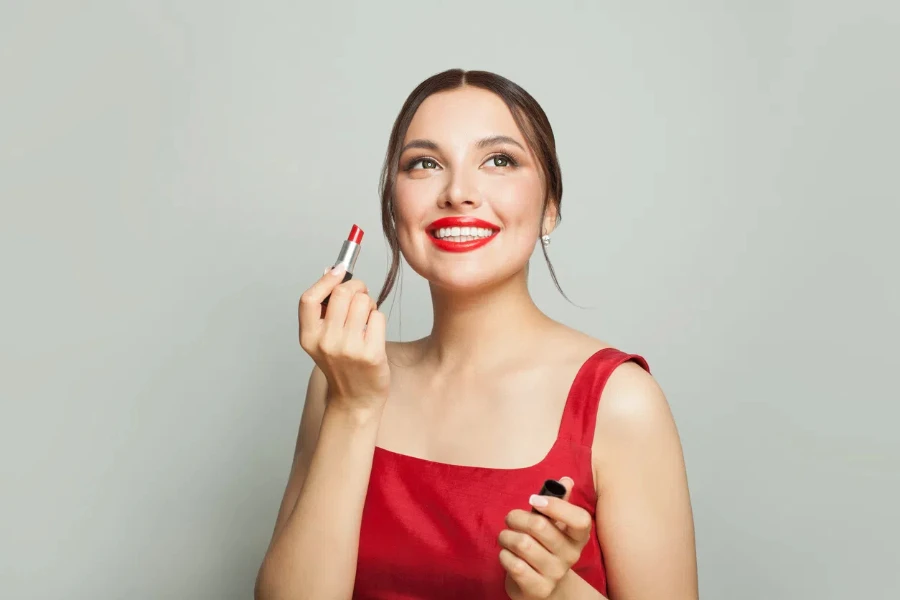
The global lipstick market has been experiencing steady growth, boasting a market size of $22.17 billion in 2024. Projections indicate a compound annual growth rate (CAGR) of 4.27% from 2024 to 2029, ultimately reaching $27.33 billion. The U.S. market, valued at $4.8 billion in 2023, remains a key player, while China is expected to grow at a remarkable 9.1% CAGR, hitting $6.4 billion by 2030.
Stick lipsticks dominate the product segmentation, with an anticipated market value of $16.9 billion by 2030 and a CAGR of 6.2%. Meanwhile, liquid lipsticks are also gaining popularity, with a projected growth rate of 6.7% CAGR throughout the analysis period. The increasing variety of formulations, such as long-lasting, matte, and hydrating options, addresses diverse consumer needs, contributing to market expansion.
Technological advancements in lipstick
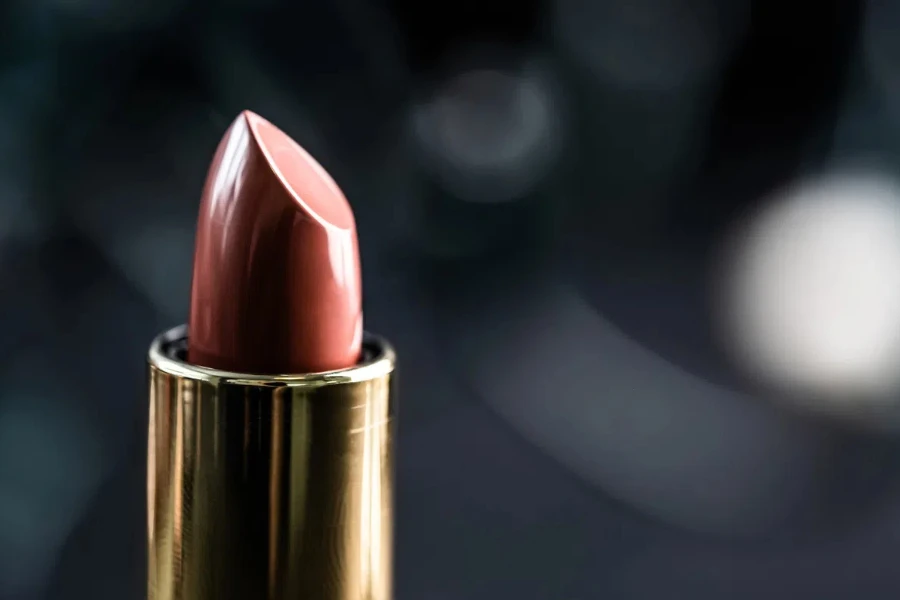
Technological innovations are reshaping the lipstick industry, creating products that are more appealing and innovative. New formulas now offer longer-lasting wear, richer colors, and enhanced moisturizing properties, significantly improving user experience. Eco-friendly and sleek packaging innovations, such as magnetic closures, are drawing in environmentally conscious consumers.
Advancements in pigment technology enable the creation of customizable shades tailored to individual preferences. Furthermore, virtual try-on technology, powered by augmented reality (AR), is revolutionizing the shopping experience, allowing consumers to test shades digitally before making a purchase. These technological advancements are not only enhancing consumer interest but also expanding the market’s reach into emerging regions.
Consumer trends driving the lipstick market
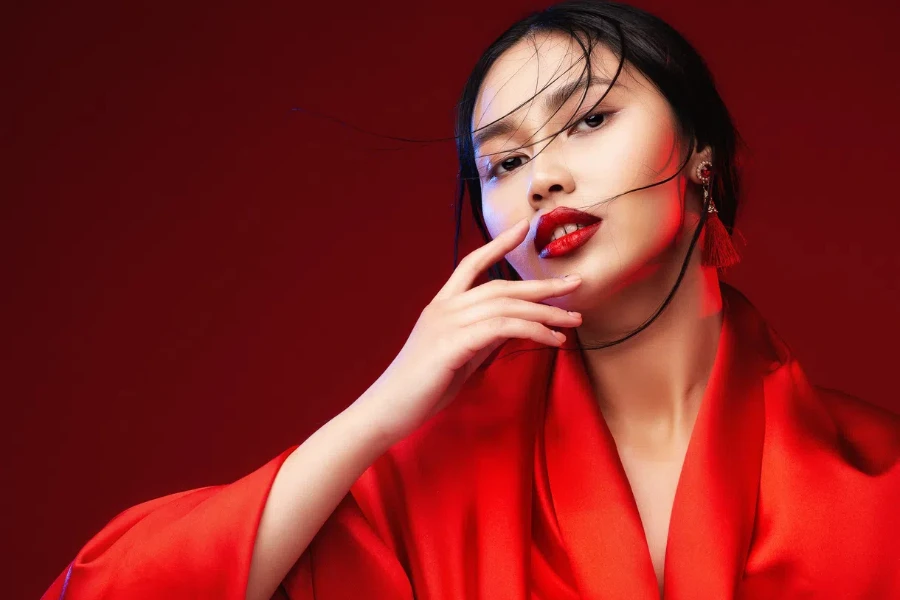
Consumer behavior in the lipstick market is increasingly influenced by a desire for personalization, sustainability, and inclusivity. The rising demand for personalized beauty products has prompted brands to develop customizable lipsticks, where consumers can select their preferred shade, finish, and even packaging. For example, YSL’s Custom Lip Colour Creator can generate up to 4,000 shades based on a color match to a photograph or a selection through its app.
Sustainability is gaining traction, with more consumers seeking lipsticks made from natural, cruelty-free, and eco-friendly ingredients. Brands are responding with clean beauty lines and refillable packaging options, aimed at reducing waste. Additionally, inclusivity remains a significant trend, with brands increasingly offering a diverse range of shades that cater to all skin tones, reflecting the growing importance of representation in the beauty industry.
The rise of sustainable and inclusive beauty

The beauty industry is prioritizing sustainability and inclusivity, as consumers demand products that align with their values. The clean beauty movement has sparked an increase in demand for lipsticks made from natural and organic ingredients. Brands are also introducing eco-friendly packaging, such as refillable cases and biodegradable materials, to minimize their environmental impact.
Inclusivity drives the development of a broader range of shades and formulations for all skin tones and types. Emphasizing representation and diversity allows brands to connect with a wider audience, fostering customer loyalty. Social media platforms, especially Instagram and TikTok, are instrumental in promoting these inclusive beauty trends, as influencers and consumers advocate for products that celebrate diversity.
The impact of social media on lipstick trends
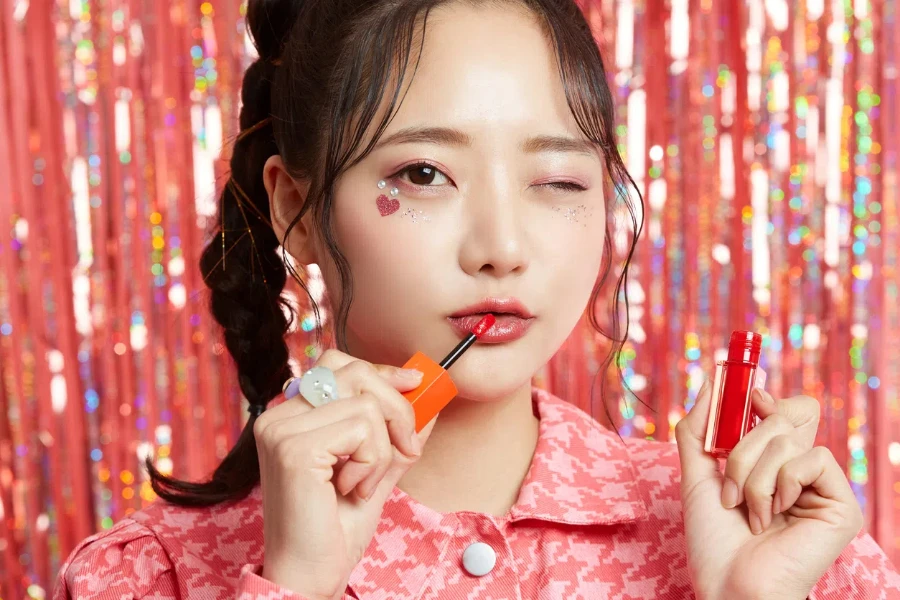
Social media is a powerful force in shaping consumer preferences and driving lipstick trends. Platforms like TikTok and Instagram are crucial for beauty brands to showcase their products and engage with consumers. Viral trends, such as #LipCombo and #LipTutorials, have amassed billions of views, influencing purchasing behavior and boosting sales.
Beauty influencers, with their ability to create viral content, have spurred demand for specific shades and finishes. The trend for soft-matte lips, or #PetalLips, which gained traction in East Asia, has been reflected in the Spring/Summer 2025 catwalks. Brands are tapping into these trends by creating products that align with the latest beauty looks and integrating feedback from social media communities into their development processes.
Future directions: innovations and opportunities
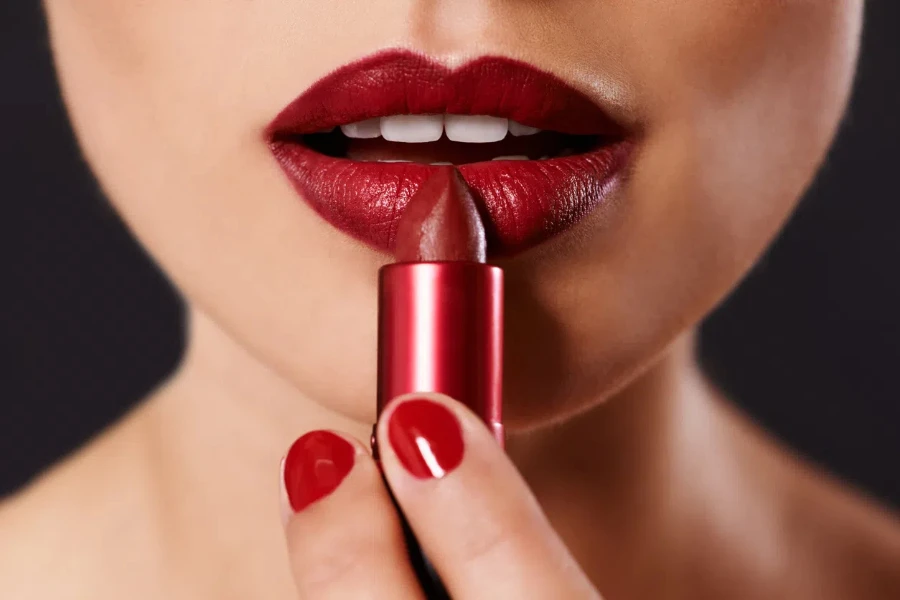
The lipstick market’s future hinges on continuous innovation and adaptability to changing consumer preferences. Hybrid lip color products incorporating skincare benefits, such as hydrating and plumping properties, are expected to rise in popularity. This blending of skincare and makeup, known as the skinification of lip color, will drive demand for multifunctional items.
Premiumization and personalization will significantly influence the market’s future. High-end lip products with luxurious packaging and customizable options will attract consumers looking for unique and indulgent beauty experiences. Cross-industry collaborations and creative packaging designs that elicit a “see-it-want-it” response will further heighten the appeal of premium lipsticks.
As the market evolves, brands must stay ahead of trends and invest in new technologies and sustainable practices to meet modern consumers’ demands. By focusing on innovation, inclusivity, and sustainability, the lipstick industry can continue to thrive and capture the attention of beauty enthusiasts worldwide.
Conclusion
The lipstick market is on the cusp of exciting growth and innovation in 2025 and beyond. With technological advancements, a focus on sustainability and inclusivity, and the influence of social media, the future of lip products looks promising. Brands that align with these trends and invest in new product developments will be well-positioned to succeed in the competitive beauty industry.




